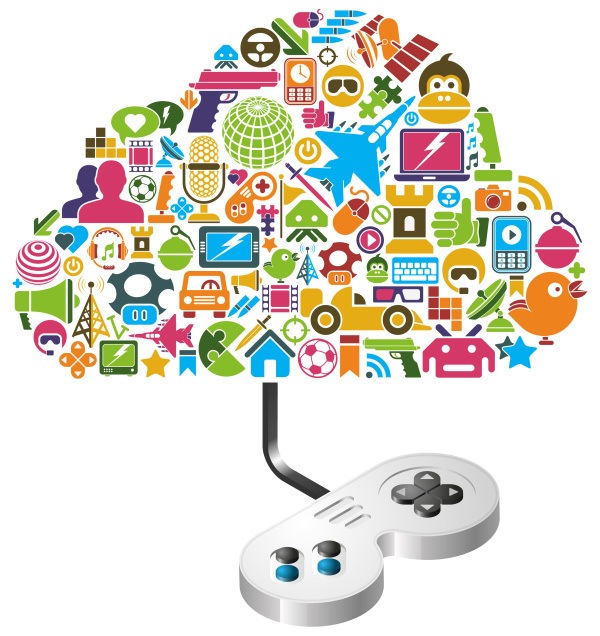How The Laws Of Learning Link To Game Design
Serious games are a balance of the behaviorist, cognitive, constructivist, and humanist learning theory coupled with the best of User Experience design. They change behavior by leveraging our understanding of these learning theories and our understanding of how we humans operate and by blending that understanding with engaging media.
Games leverage psychology around reward patterns, habit building, conditioning and reinforcement, scaffolding and relationships, and support networks to make engaging systems that tap into our motivations and build long-term memory.
The Laws Of Learning
The laws of learning are used to guide game design. Below you will find an outline of some of the key laws used to inform the design process.
The Law Of Autonomy: Choice, Ownership, Empathy
What separates games from other forms of media is choice. Choice is at the very heart of games. We place the learner/player at the center of the experience—we ask people to make choices—whether it's the direction they want to travel in, or how they want to influence a story. The learner is in the driving seat; to continue the game they have to be active and not passive. But choice needs to be coupled with implications and consequences.
Putting the learner in the driving seat is all well and good, but why is it important? It’s important to understand the principle of locus of control (LoC) to understand the importance of choice. LoC is about the ownership of our choices. If we have high LoC, we attribute the success or failure of an action to ourselves. Conversely, if we have low LoC, we believe success or failure relates to external influences.
Much eLearning and other traditional training and communication methods don’t encourage high levels of LoC, as participants are passive receivers of information. Games are unique in that they are fully active experiences. By giving learners/players choices and control and directly giving them feedback (see the law of reinforcement), we can build a higher LoC. As a result, learners begin to care about the choices they make and build ownership of their choices and actions.
Choice builds ownership. Choice builds empathy. When we are active, and making choices, we are more engaged. Autonomy over learning increases retention.
The Law Of Intensity
Human memory and attention are quite poor. Our ability to remember information and focus is limited and our short-term memories get overloaded quickly.
Intense situations, while exciting and engaging, often overload players leading to frustration and disengagement. Therefore pacing is a technique used in games to avoid cognitive overload in terms of narrative development and core loop development. Information is presented in bite-sized chunks to allow our brains to process information more easily as players work through games at their own pace.
However, the presentation can’t be oversimplified. Our minds love a challenge and we are naturally curious to explore and understand. Therefore if an experience is too simple, it becomes boring and less engaging. Understanding the law of intensity is a significant element of serious game design. To balance attention and memory, information or events need to be bite-sized, meaningful, emotive, and complex enough to be challenging and interesting.
The Law Of Reinforcement
The law of reinforcement relates to how the world reinforces the key messages we want to portray, as well as the actions we want players to adopt. Game worlds are crafted to repeat certain elements, either actions or messages. Whether it is how to defeat an enemy or the message that the world needs you, games repeat these messages and actions over and over to create interconnecting "core loops." When we play games, we become masters at these core loops and believe in the messages in the game.
These actions and messages need to be understandable and relatable. We need to be able to empathize enough to create an element of suspension of disbelief; this means we need to overcome our objections that "it isn’t real" and begin to believe in the world. Movies, books, TV, and games all do this brilliantly; we care about what happens to the characters, we begin to see the world from their point of view, and we understand their motivations (see the law of effect).
We also want players to model certain behaviors and we know that performing an action once is not enough to build a habit. So in games, we ask players to repeat actions—the core loops—over and over, reinforcing the behaviors we want to see.
The Law Of Effect
As we saw above with reinforcement and autonomy, empathy is a central component of game design. We have to feel something—positive or negative emotions—for the characters or world. The narrative design, characters, goals, graphics, and even the control method are all designed to be emotive in one way or another. Coupled with good pacing, emotional events build as you progress through games, creating engagement.
Conclusion
Games are incredibly complex systems and serious games are even more complex, expanding into our understanding of learning design. However, games have a profound impact on our lives and even have the capability to change the physical structure of our brains. This is not surprising considering games are complex rule-based worlds, where actions are linked to consequences. The rules need to be explored, understood, and learned.
Every time you play a game, you are learning. You are learning about the world, the characters, the rules. You are building your scheme of knowledge, a cognitive template if you will, and the more you learn, the better you become at predicting and responding, boosting your real-world performance.









